The first session experts lecture of Guangdong Provincial Aquatic Ecological Nutrition and Aquatic Products Food Engineering Research Center Establishment Seminar was successfully held
In the morning of May 14th, the First Session Experts Lecture of Guangdong Provincial Aquatic Ecological Nutrition and Aquatic Products Food Engineering Research Center Establishment Seminar was grandly held by Guangdong Nutriera Group in Guangzhou. Nearly 200 people attended including experts and professors from Institute of Hydrobiology, Chinese Academy of Sciences, Microalgae Biotechnology Center of SDIC Biotechnology Investment Company, South China University of Technology, Zhongkai University of Agricultural and Engineering, South China Agricultural University, Jinan University, Guangdong Ocean University, Shenzhen University and other well-known research institutions, and a number of well-known aquatic feed enterprises representatives from Guangxi, Guangdong, Hunan, Fujian and other provinces as well as global market elites from Nutriera Group.
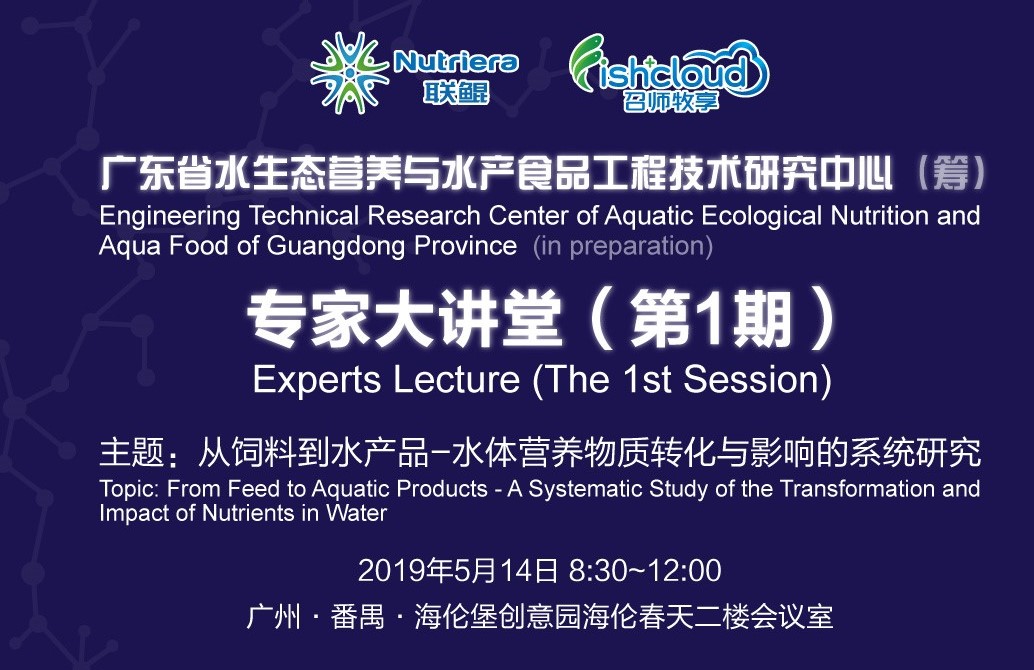

Photo of seminar
With the improvement of people's food consumption, the demand for the safety, nutrition and convenience of aquatic products is increasing day by day. Farming is the key part to determine the quality of aquatic products. Feed, water quality, sediment, algae and bacteria, processing, storage and other technical sections will directly affect the quality of aquatic products. However, the current status of the industry is that feed producers do not understand the changes of water quality, and those who manage the water quality improvement do not understand the characteristics and metabolic pathways of nutrients. The farming section does not understand the aquatic product processing request, as well the processing enterprise also does not know the influence of aquaculture to the aquatic product quality. The long-term development of aquaculture requires the cross-border extension and integration of technology and the systematic study of all sections affecting the quality of aquatic products. Based on this background, Guangdong Nutriera Group plans to establish Guangdong Provincial Aquatic Ecological Nutrition and Aquatic Products Food Engineering Research Center, integrates the world's top expert resources, and jointly build a world-class technology research and application platform.
In order to timely share the cutting-edge knowledge and research results and promote the technical exchanges of the aquatic industry, this center specially sets up expert lecture and will regularly invite top domestic and foreign experts to give in-depth and systematic explanations on specific topics. The theme of this session is from feed to aquatic products-- Systematic study on nutrient conversion in aquaculture.
Dr. Zhang Song, vice president of Guangdong Nutriera Group, introduced the original intention of ‘Guangdong Provincial Aquatic Ecological Nutrition and Aquatic Products Food Engineering Research Center’. He made a comprehensive elaboration on the changing trend of demand for aquatic products, the factors affecting the quality of aquatic products and the positioning of the center.

Dr. Zhang Song, Vice President of Nutriera Group, introduced the original intention of the establishment of the center.
The five top industry experts, respectively from the aquatic feed nutrient transformation path, micro algae application value, eutrophication and cyanobacterial blooms mechanism, nitrogen and phosphorus cycle mechanism and application research, explained on the mechanism of nutrient substance transformation in different points of views, which has brought the audience a wonderful feast of technology.
————◆ ◆ ◆ ◆————
Transformation path, efficiency and outcome of nutrient components in aquatic feed
Prof. Xie Shouqi, Researcher
Institute of Hydrobiology, Chinese Academy of Sciences
————◆ ◆ ◆ ◆————

Food safety, high-quality aquatic products and environmental friendliness are the new normal phenomenon for aquaculture. Under this industrial background, how to reduce nitrogen and phosphorus emissions, reduce FCR and improve the flavor of aquatic products? Prof. Xie shouqi proposed to consider the feed formula from the whole culture ecosystem. Nutrient flow model shall be constructed, growth model and energy model will be used to systematically predict growth and feeding, and biochemical model will be used to accurately predict the discharge of metabolic waste, so as to establish dynamic model of feeding management and pollution assessment.
Aquaculture is an important source of human food protein in the future, and environmental protection is the advanced demand of human civilization. Through reasonable culture mode, feed formula and feeding technology, waste discharge can be reduced and the culture environment can be improved.
————◆ ◆ ◆ ◆————
New value of microalgae in aquatic feed and aquatic ecosystem
Prof. Hu Qiang, Researcher
Microalgae Biotechnology Center of SDIC Biotechnology Investment Company
————◆ ◆ ◆ ◆————

Micro algae, great value! Microalgae is a natural feed for aquatic animals. It has high protein content, good digestion, and is rich in EPA, DHA, etc. It can replace fish meal and fish oil in aquatic feed. At the same time, it has great economic value in waste water treatment and waste reuse. Microalgae makes a huge contribution to the global aquaculture industry, more than 5 billion tons was consumed by aquatic animals in 2016 alone, but the current yield is limited.
Prof. Hu Qiang put forward his unique views on the great development and application potential of microalgae in aquatic feed, the green aquaculture water ecosystem with microalgae biotechnology as the carrier, and the large-scale production and application technology of microalgae.
Prof. Hu proposed that microalgae will play an increasingly important role in aquaculture, but more product-driven research and development activities are needed. In particular, the academia and industry should strengthen cooperate to jointly promote the rapid development of the industry, which has aroused strong resonance among the participants.
————◆ ◆ ◆ ◆————
Analysis on the occurrence characteristics of eutrophication in subtropical lakes - nitrogen and phosphorus nutrient control measures
Prof. Wang Haijun, Associate Researcher
Institute of Hydrobiology, Chinese Academy of Sciences
————◆ ◆ ◆ ◆————
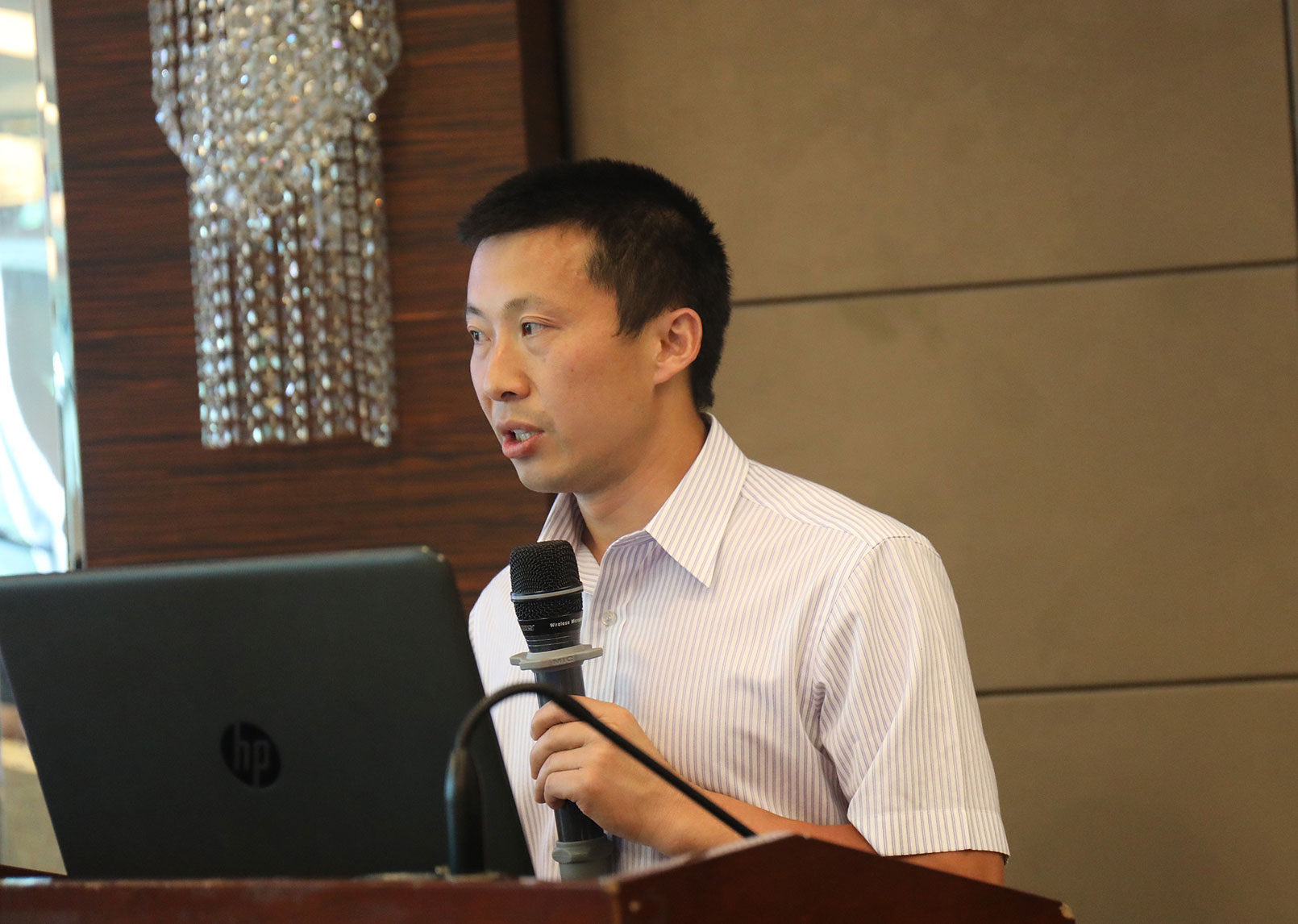
Prof. Wang Haijun showed the situation of phosphate fertilizer, nitrogen fertilizer, earth change and water security operations in recent years, revealed the characteristic of nitrogen and phosphorus cycle changes, and pointed out that excessive nutrient emissions, along with the destruction of the biological and hydrological integrity, easily lead to serious water eutrophication, which caused the outbreak of algal blooms. Wang pointed out that the key to algae control relies on total phosphorus rather than total nitrogen, and controlling total nitrogen cannot reduce the total amount of algae. Therefore, the eutrophication treatment in the subtropical area should focus on controlling phosphorus.
When introducing the influence of high ammonia nitrogen on aquatic organisms and phosphorus emission from sediments, Prof. Wang mentioned that nitrogen, especially ammonia nitrogen, above a certain concentration may cause stress on aquatic organisms and promote phosphorus release from sediments. It is necessary to integrate indoor standards and field whole-system experiments to strengthen the study on safe ammonia concentration.
Through Prof. Wang's report, participants received a deep understanding of the nitrogen and phosphorus cycle and the mechanism of action and control countermeasures of nitrogen and phosphorus nutrients in eutrophication.
————◆ ◆ ◆ ◆————
Environmental biochemical mechanism of cyanobacteria blooms
Prof. Cao Xiuyun, Associate Researcher
Institute of Hydrobiology, Chinese Academy of Sciences
————◆ ◆ ◆ ◆————
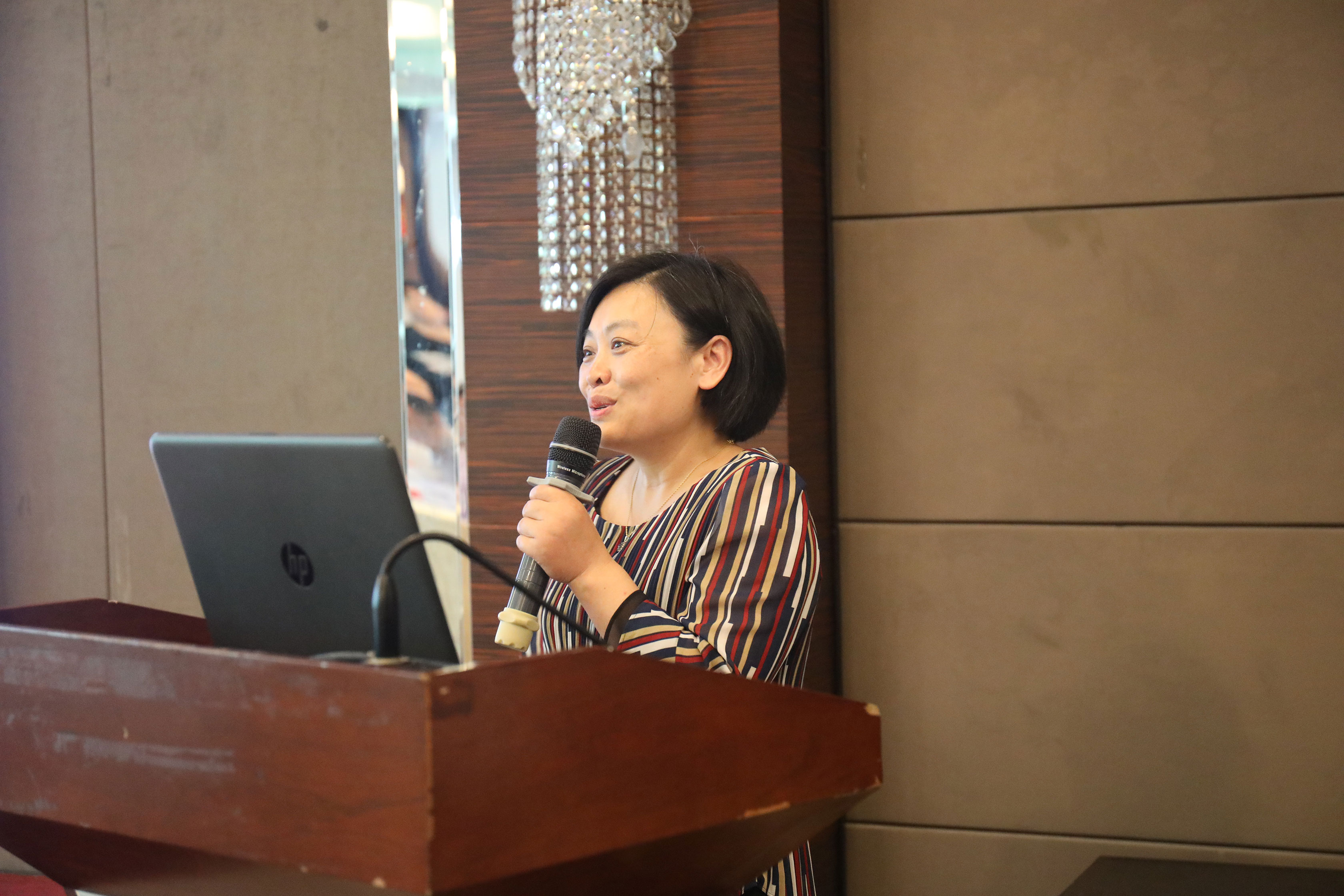
Through researching these four aspects from whether the extracellular phosphatase plays an important role in the process of algae bloom, whether phosphorus is deficiency in the eutrophicated lakes or ponds, how microcystis overcome the limitation of phosphorus and how to explain succession of cyanobacterial pattern of nitrogen fixation and non-nitrogen fixation via nutritional views. Prof. Cao Xiuyun detailed expounded the nitrogen and phosphorus control strategy in eutrophicated lakes or blue-green algae blooms management. Those ideas brought more inspiration to audiences.
————◆ ◆ ◆ ◆————
Research and application of simultaneous removal of nitrogen and phosphorus based on the coupling mechanism of nitrogen and phosphorus cycle- Take the land filtration system as an example
Prof. Song Chunlei, Associate Researcher
Institute of Hydrobiology, Chinese Academy of Sciences
————◆ ◆ ◆ ◆————

In the report, Prof. Song Chunlei, Associate Researcher, introduced the harm of organic matter caused by the nitrogen, carbon and sulfur cycle products, the characteristics of the carbon, nitrogen and phosphorus cycle model, and the coupling mechanism of nitrogen.
According to Prof. Song, they systematically studied the removal mechanism of nitrogen and phosphorus in the land infiltration system, and successfully developed the artificial land infiltration (multiple nitrogen and phosphorus removal) device by optimizing the design of key parameters of the land infiltration system. This device can remove about 80% of total nitrogen and phosphorus, and has been used in the ecological restoration of lakes in Hefei for many times with obvious result. The results of this technology enabled the participants to deeply understand the nitrogen and phosphorus control technology in aquaculture.

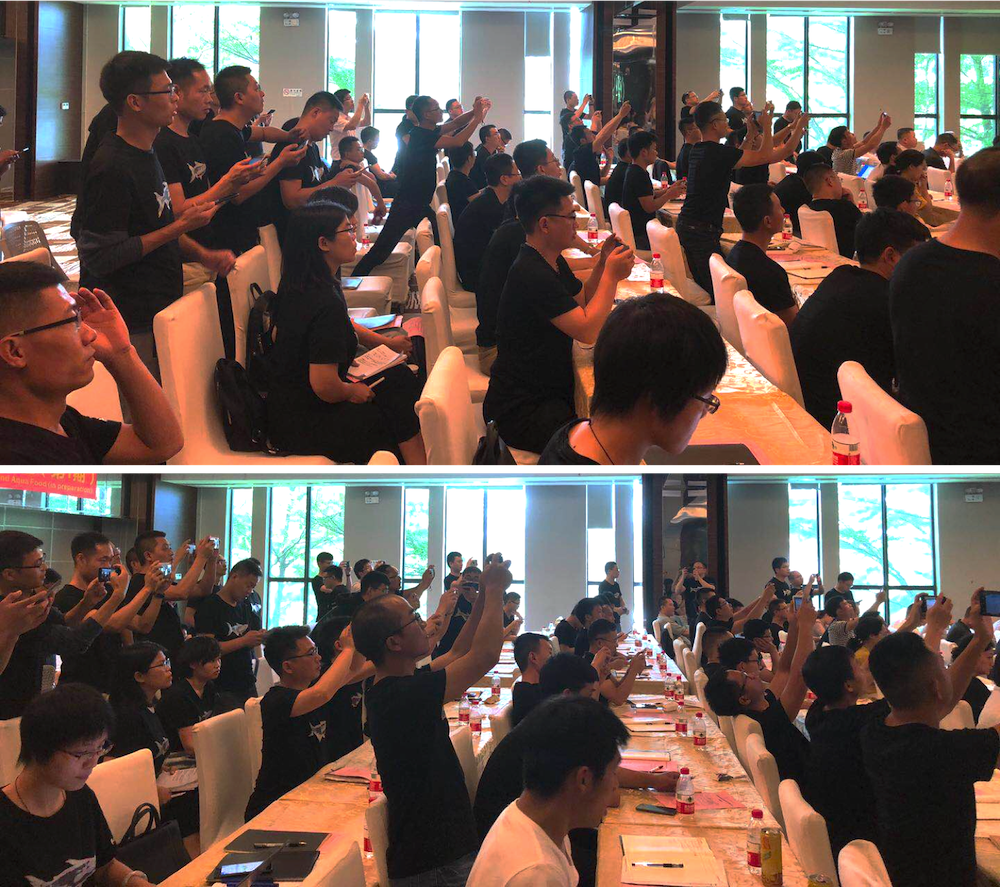
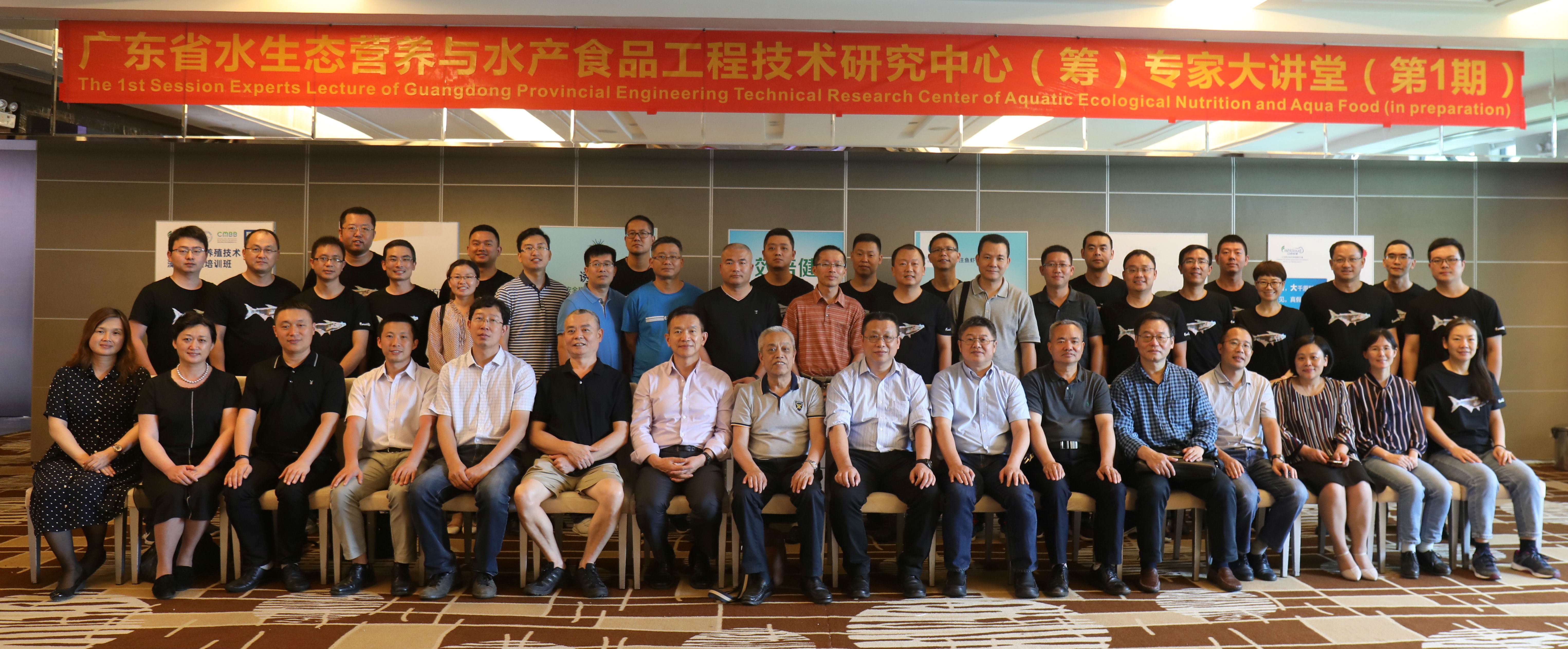
In the afternoon, the goal setting, research direction, team setting up and coordination mechanism of the research center were discussed, also, a series of feasible suggestions were given by experts.
Nutriera Group attaches great importance to the research and development, it has developed more than 100 independent intellectual property products, published more than 130 articles, and nearly 50 applications for patents. In addition, it has established long-term scientific research cooperation with more than 10 domestic famous universities including the Institute of Hydrobiology, Chinese Academy of Sciences, Sun Yat-Sen University, Huazhong Agricultural University, South China Agricultural University, Guangdong Ocean University, Pearl River Fisheries Research Institute, As well as NMBU (the Norwegian University of Life Sciences), SEAFDEC/AQD (Southeast Asian Fisheries Development Center), AIT (Asian Institute of Technology), total more than 10 well-known foreign universities. The research institute which located in the Nutriera Group's industrial park (Zhuhai) will soon be completed, and the newly built aquaculture pilot test base with 13.3 hectares will be put into use. The improved engineering R&D equipment and facilities will provide better supporting conditions for scientific research and achievement transformation.
Nutriera Group is actively integrating technology resources of itself and top universities and research institutes, giving full play to advantages of technology and industry from Nutriera and those institutes. They are jointly tackling key technologies and hot issues of industry development, building a world class technical service platform of aquaculture ecosystem, leading the healthy development of aquaculture and ensuring the safety and nutrition of food.

